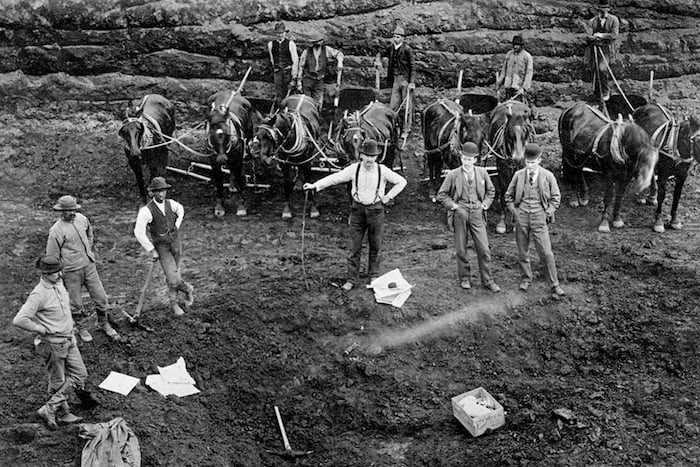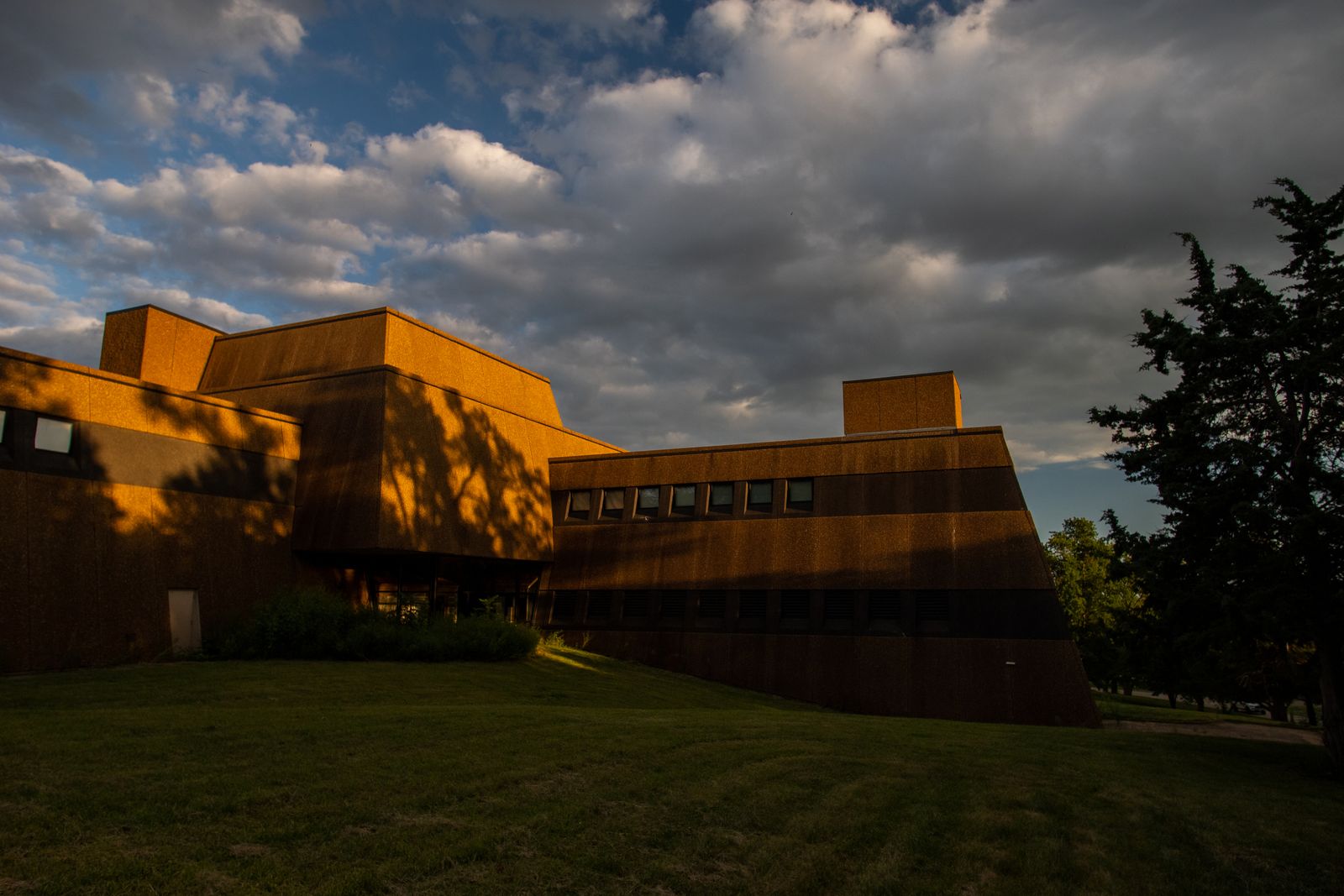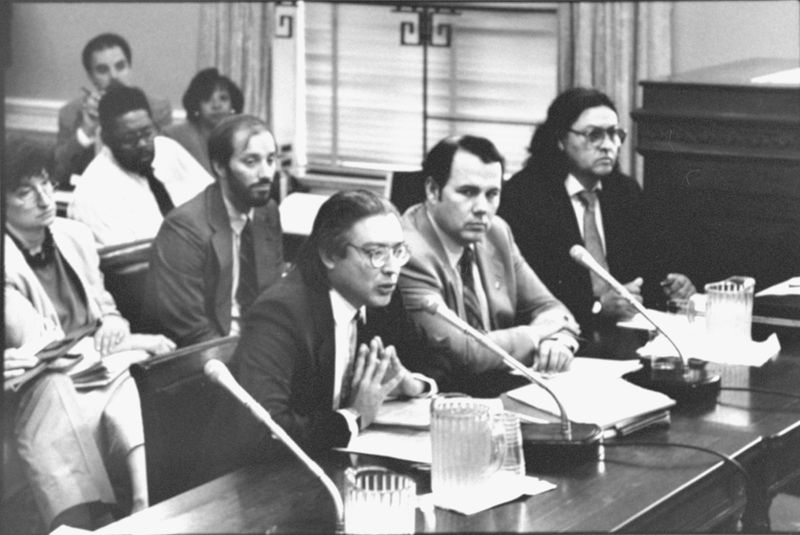Absentee-Shawnee Tribe of Indians of Oklahoma
A federally recognized Indian tribe with headquarters in Oklahoma
Institutions reported making the remains of more than 9,600 Native Americans available for return to the Absentee-Shawnee Tribe of Indians.
The tribe was also eligible to claim 24,000 associated funerary objects.
Institutions continue to hold the remains of at least 13,100 Native Americans taken from counties known to be of interest to the tribe.*
Where Native American remains made available for return to the Absentee-Shawnee Tribe of Indians were taken from
These 47 institutions made Native American remains available for return to the Absentee-Shawnee Tribe of Indians.
Timeline of Native American remains made available for return to the Absentee-Shawnee Tribe of Indians
These institutions have not made available for return the remains of at least 13,100 Native Americans that were taken from counties known to be of interest to the Absentee-Shawnee Tribe of Indians.
| Institution | Remains Not Made Available for Return That Were Taken From Counties of Interest to the Tribe |
|---|---|
| Ohio History Connection | 3,196 |
| Harvard Univ. | 1,818 |
| Univ. of Alabama | 1,733 |
| Univ. of Tennessee, Knoxville | 1,514 Frank H. McClung Museum (1,474) Dept. of Anthropology (40) |
| Auburn Univ. | 759 |
| Indiana Univ. | 619 Dept. of Anthropology (446) Glenn A. Black Lab. of Archeology (173) |
| Univ. of Michigan | 462 |
| Cincinnati Museum Center | 422 |
| Univ. of Kentucky | 396 |
| Field Museum | 265 |
| Univ. of Louisville | 224 |
| Illinois State Museum | 211 |
| Univ. of Cincinnati | 157 |
| Ball State Univ. | 154 |
| Univ. of Toledo | 147 |
| American Museum of Natural History | 133 |
| West Virginia Department of Arts, Culture and History | 106 |
| Univ. of California, Berkeley | 77 |
| Western Kentucky Univ. | 68 |
| Cleveland Museum of Natural History | 56 |
| Center for American Archeology, Kampsville Archeological Center | 45 |
| Southern Illinois Univ., Carbondale | 45 |
| Northwestern Univ. | 44 |
| Virginia Dept. of Historic Resources | 43 |
| Univ. of Texas at Austin | 38 |
| Indiana State Museum and Historic Sites Corporation | 26 |
| Heidelberg Univ. | 25 |
| Gilcrease Museum | 23 |
| Case Western Reserve Univ. | 21 |
| Univ. of Pennsylvania | 20 |
| Northern Kentucky Univ. | 19 |
| Tennessee Valley Authority | 19 |
| Cleveland State Univ. | 18 |
| Grand Rapids Public Museum | 17 |
| Kansas State Historical Society | 17 |
| Wayne State Univ. | 14 |
| Dept. of Energy | 13 |
| Michigan State Historic Preservation Office | 12 |
| Sul Ross State Univ. | 10 |
| Charleston Museum | 9 |
| Ohio Univ. | 9 |
| Tippecanoe County Historical Association | 8 |
| Dartmouth College | 7 |
| Kent State Univ. | 7 |
| Purdue Univ. | 7 |
| Dept. of Agriculture | 7 |
| Univ. of Illinois, Urbana-Champaign | 7 |
| Filson Historical Society | 6 |
| Indiana State Univ. | 6 |
| Robert S. Peabody Institute of Archaeology | 6 |
| Tennessee Dept. of Environment and Conservation | 6 |
| Yale Univ. | 6 |
| Rochester Museum and Science Center | 5 |
| State Museum of Pennsylvania | 5 |
| Witte Museum | 5 |
| Dept. of the Interior | 4 Big South Fork NRRA (2) Wheeler National Wildlife Refuge (2) |
| Beloit College | 3 |
| California Dept. of Parks and Recreation | 3 |
| Museum of Us | 3 |
| Nassau County Dept. of Parks and Recreation | 3 |
| New York Univ. | 3 |
| Univ. of Florida | 3 |
| West Texas A and M Univ. | 3 |
| Alma College | 2 |
| Bridgewater College | 2 |
| Brigham Young Univ. | 2 |
| Carnegie Museum of Natural History | 2 |
| Dayton Museum of Natural History | 2 |
| Earlham College | 2 |
| Johnson-Humrickhouse Museum | 2 |
| Marshall Univ. | 2 |
| Minnesota Indian Affairs Council | 2 |
| Dept. of Defense | 2 |
| Univ. of Tennessee, Chattanooga | 2 |
| Grayson County Frontier Village Museum | 1 |
| Hastings Museum | 1 |
| Henry County Historical Society | 1 |
| Los Angeles County Natural History Museum | 1 |
| Louisiana State Exhibit Museum | 1 |
| Madison County Historical Society | 1 |
| Milwaukee Public Museum | 1 |
| Springfield Science Museum | 1 |
| Texas A and M Univ. | 1 |
| Texas Historical Commission | 1 |
| Univ. of Akron | 1 |
| Univ. of Alabama, Birmingham | 1 |
| Univ. of Nebraska State Museum | 1 |
| Univ. of Notre Dame | 1 |
| Univ. of Oklahoma | 1 |
Know how an institution is handling repatriation? Have a personal story to share? We'd like to hear from you.
Watch an informational webinar with our reporters.
This tool presents a dataset maintained by the National Park Service containing all the Native American human remains and associated funerary objects that institutions have reported to the federal government under the Native American Graves Protection and Repatriation Act. The dataset includes information about the state and county where remains and objects were taken from, which institutions hold them and whether they have been made available for return to tribes.
The data is self-reported by institutions. The amount of unrepatriated Native American remains reported by institutions is a minimum estimate of individuals and institutions frequently adjust these numbers when they reinventory groups of remains. Some institutions that are subject to NAGPRA have also entirely failed to report the remains in their possession. As a result, the numbers provided are best taken as estimates. The actual number and geographic scope of what’s held by publicly funded institutions is larger than what is presently documented.
ProPublica supplemented this dataset with information about cultural affiliation and disposition to specific tribes by systematically parsing the text of Notices of Inventory Completion published in the Federal Register. An additional dataset from the Department of Housing and Urban Development, the Tribal Directory Assessment Tool, was used for the section on remains not made available for return from counties that each tribe has indicated interest in to the federal government.
Institution location and tribal headquarters location information was provided by National NAGPRA. The location of some groups that are not federally recognized was provided through research by ProPublica.
Institutions that are part of a larger entity are grouped. (For example, the Mesa Verde National Park is part of the U.S. Department of the Interior.)
Institutions that have not submitted information to the federal government are not listed. The Smithsonian Institution is not listed because its repatriation process falls under the National Museum of the American Indian Act and it is not required to publicly report its holdings with the same detail as institutions subject to NAGPRA.
If you work for an institution and would like to provide comment on your institution’s repatriation efforts, please email [email protected]. If you think the data is incorrect or have a data request, please get in touch. We are aware of some issues with the accuracy of location information and tribes mistakenly being identified for disposition of Native American remains in published notices.
If you want to share something else with ProPublica, we’d like to hear from you.
If you have questions about implementing or complying with the Native American Graves Protection and Repatriation Act, get in touch with National NAGPRA or the NAGPRA Community of Practice.
We use the word “tribes” to refer to all groups that institutions made Native American remains available to under NAGPRA. This includes tribes, nations, bands, pueblos, communities, Native Alaskan villages, Native Hawaiian organizations and non-federally recognized groups.
Data sources from Department of the Interior, National Park Service, National NAGPRA Program, the Federal Register, Department of Housing and Development, Tribal Directory Assessment Tool


